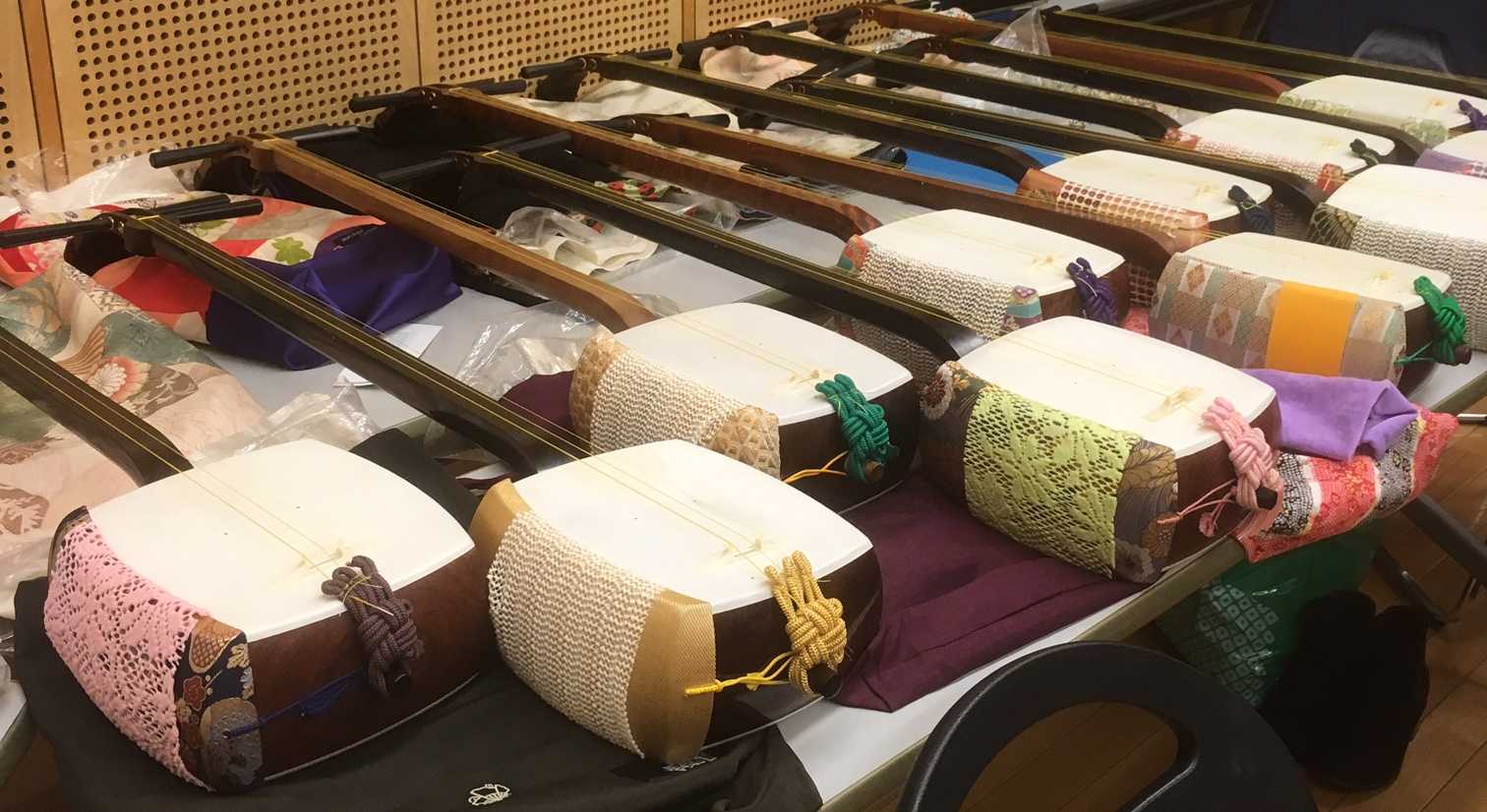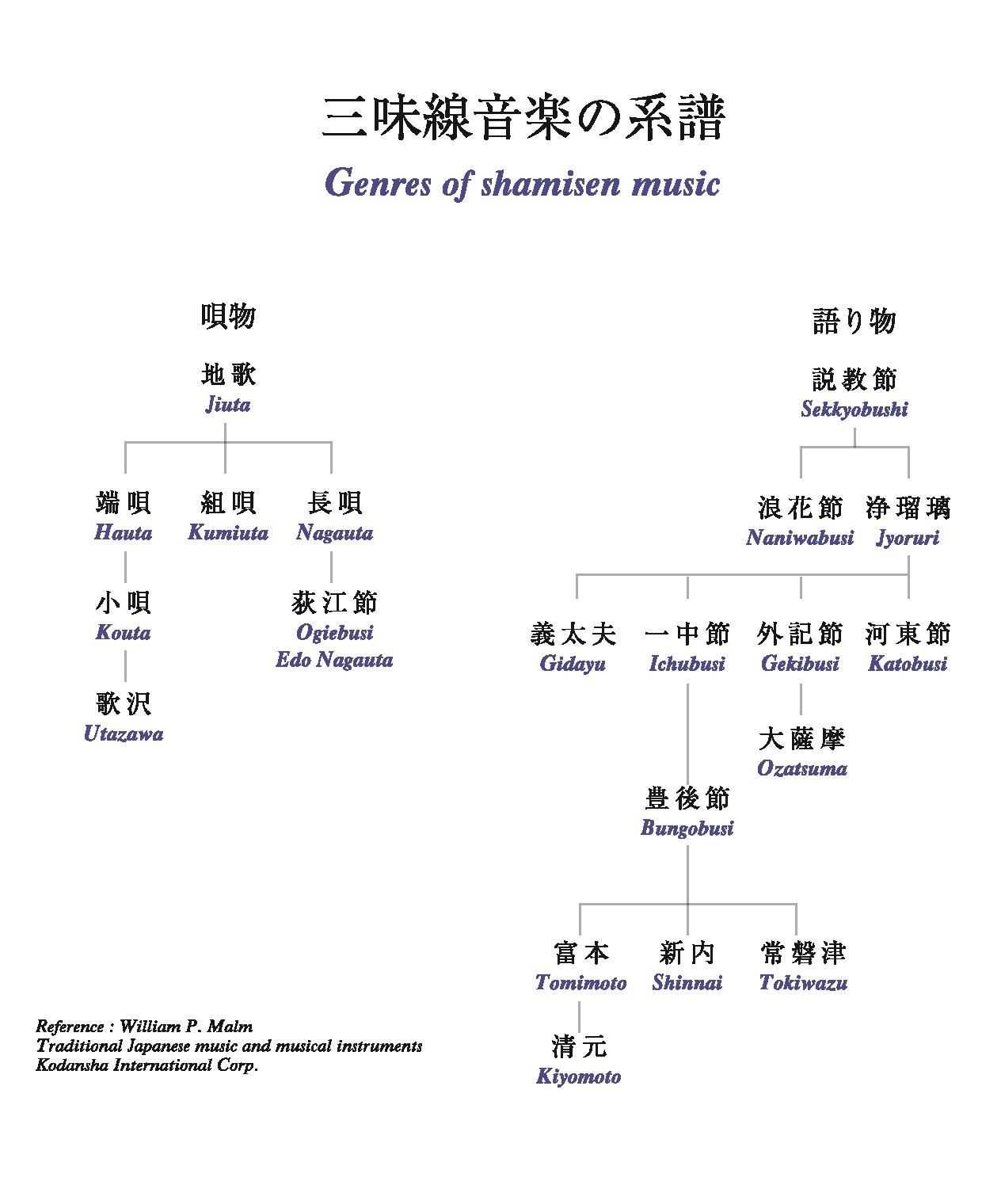So what exactly is shamisen? The shamisen is a plucked chordophone of Japan that has been popular in folk, art, and theatre music since the middle of the 17th century. Alternately known as samisen (in Kyoto and Osaka) and sangen (when played with koto in jiuta chamber music), and now sometimes spelled syamisen, the shamisen has associated with it a large repertoire of music.

The instrument was first popularized during the artistically vibrant Edo period (1603-1868 CE) by mendicant monks and todo (blind professional musicians organized in guilds specializing in specific genres of music) of 16th and 17th century Japan. In modern Japan, kabuki and geisha performances are some of the few contexts in which traditional shamisen music is heard. Geisha represent a significant portion of the community that studies, performs, and is exposed to shamisen music, especially the kouta genre. Amateurs interested in shamisen can find professional teachers with whom to study, and there are even degree programs in shamisen performance at a few universities.
